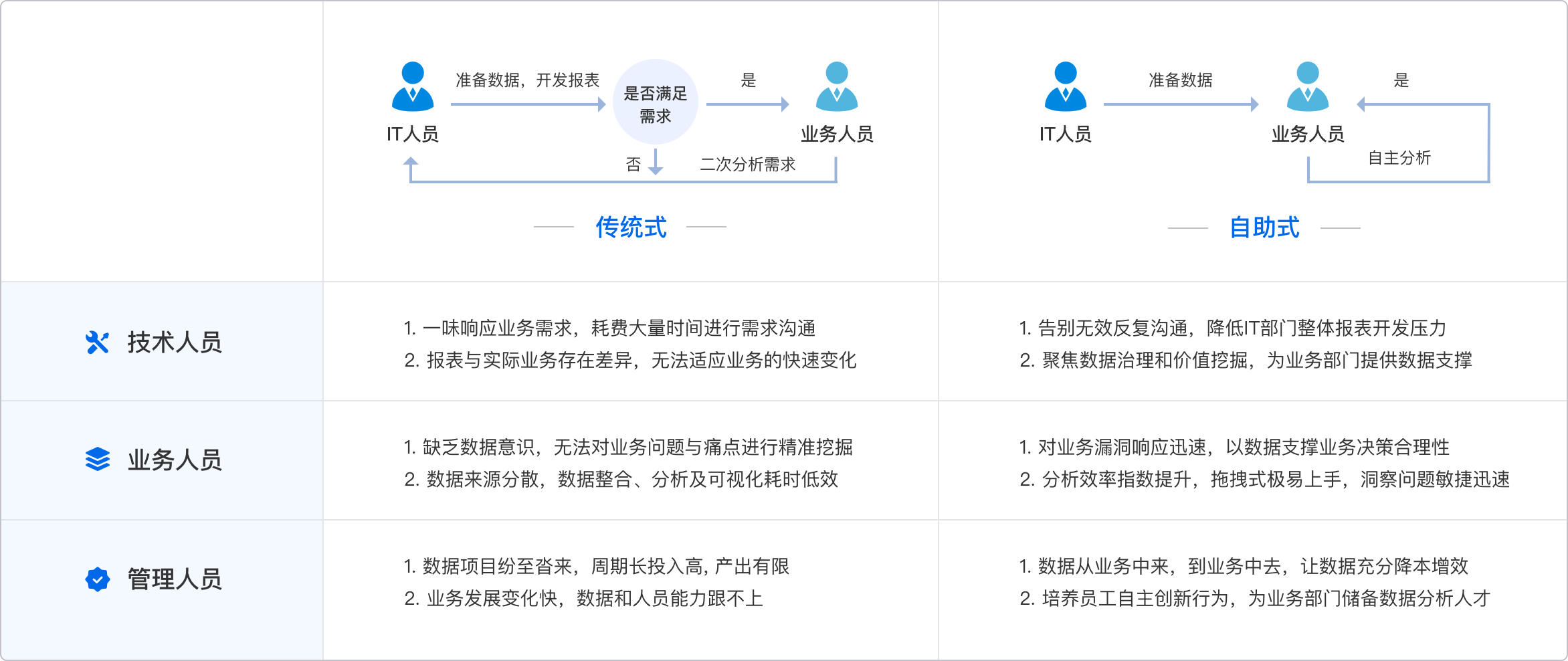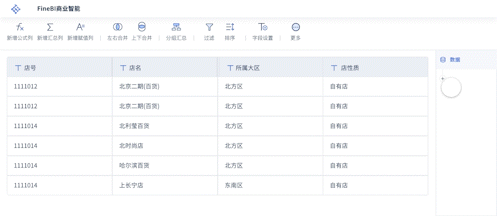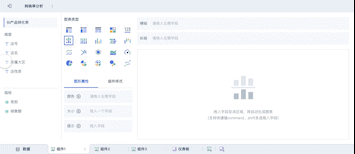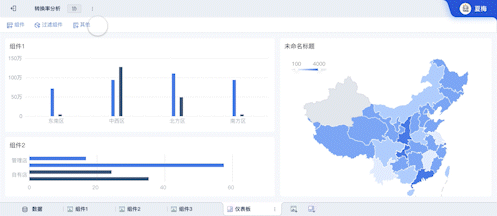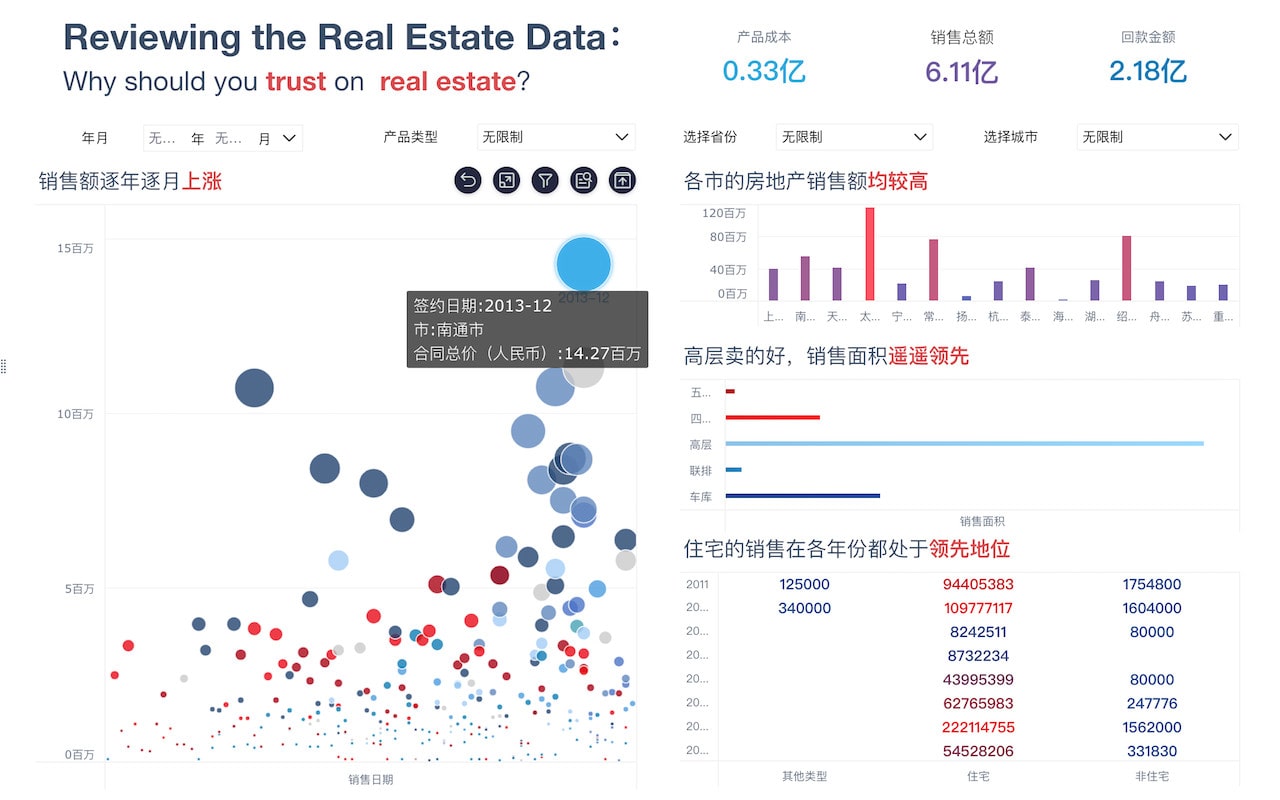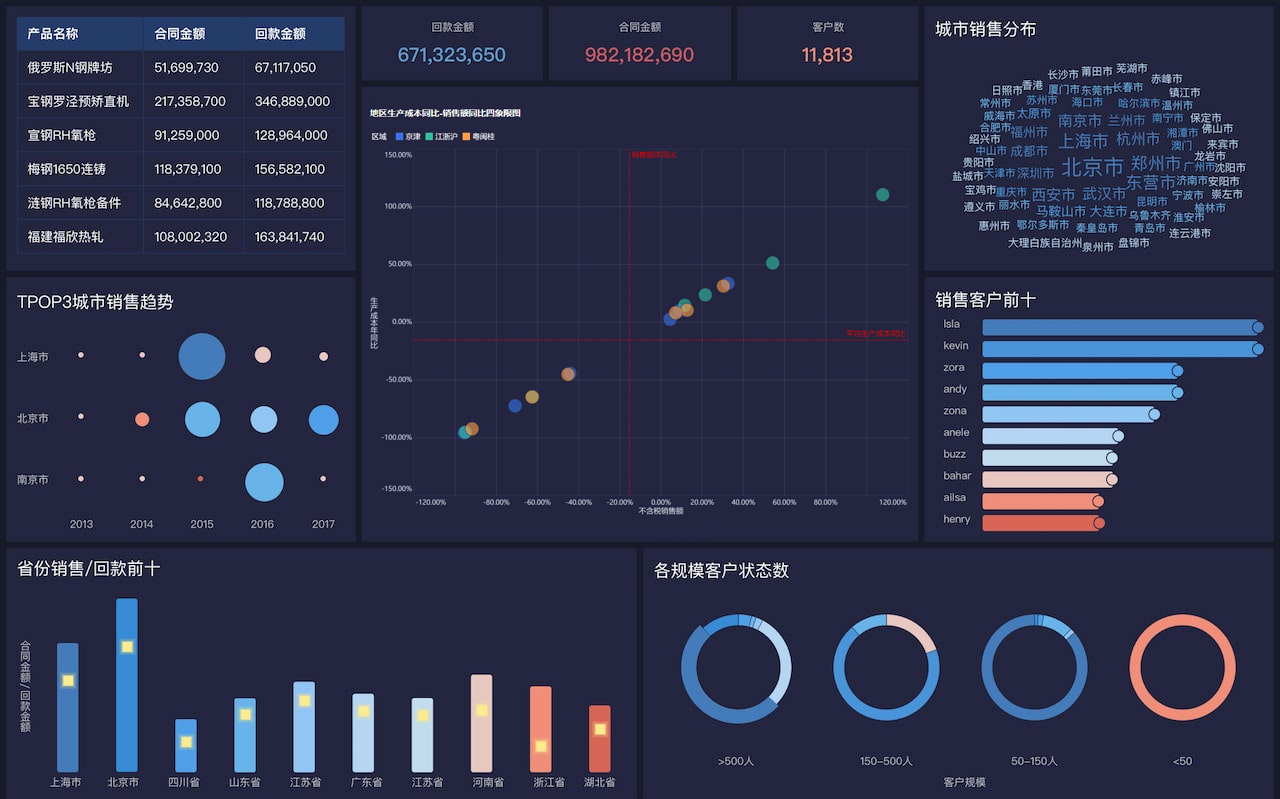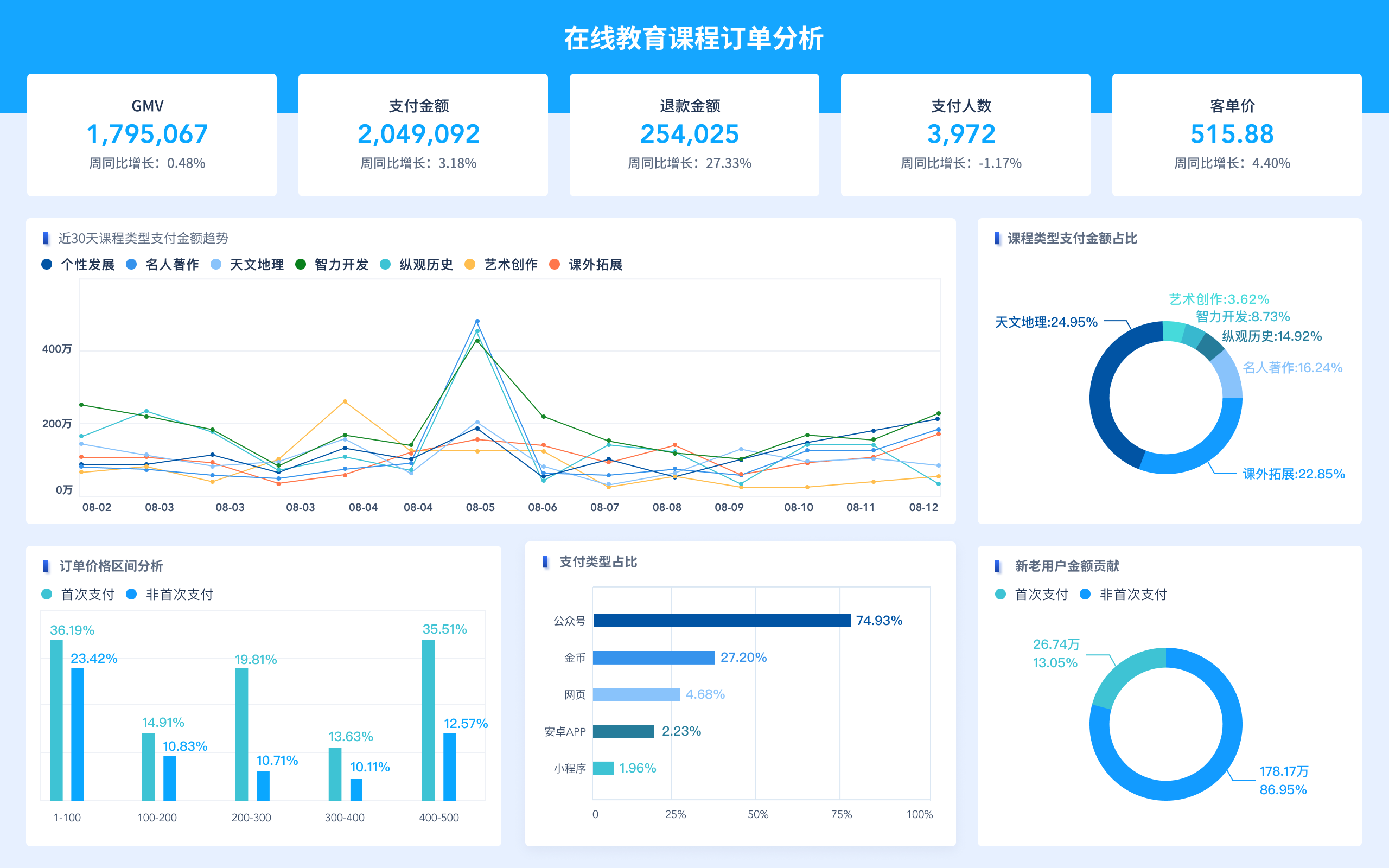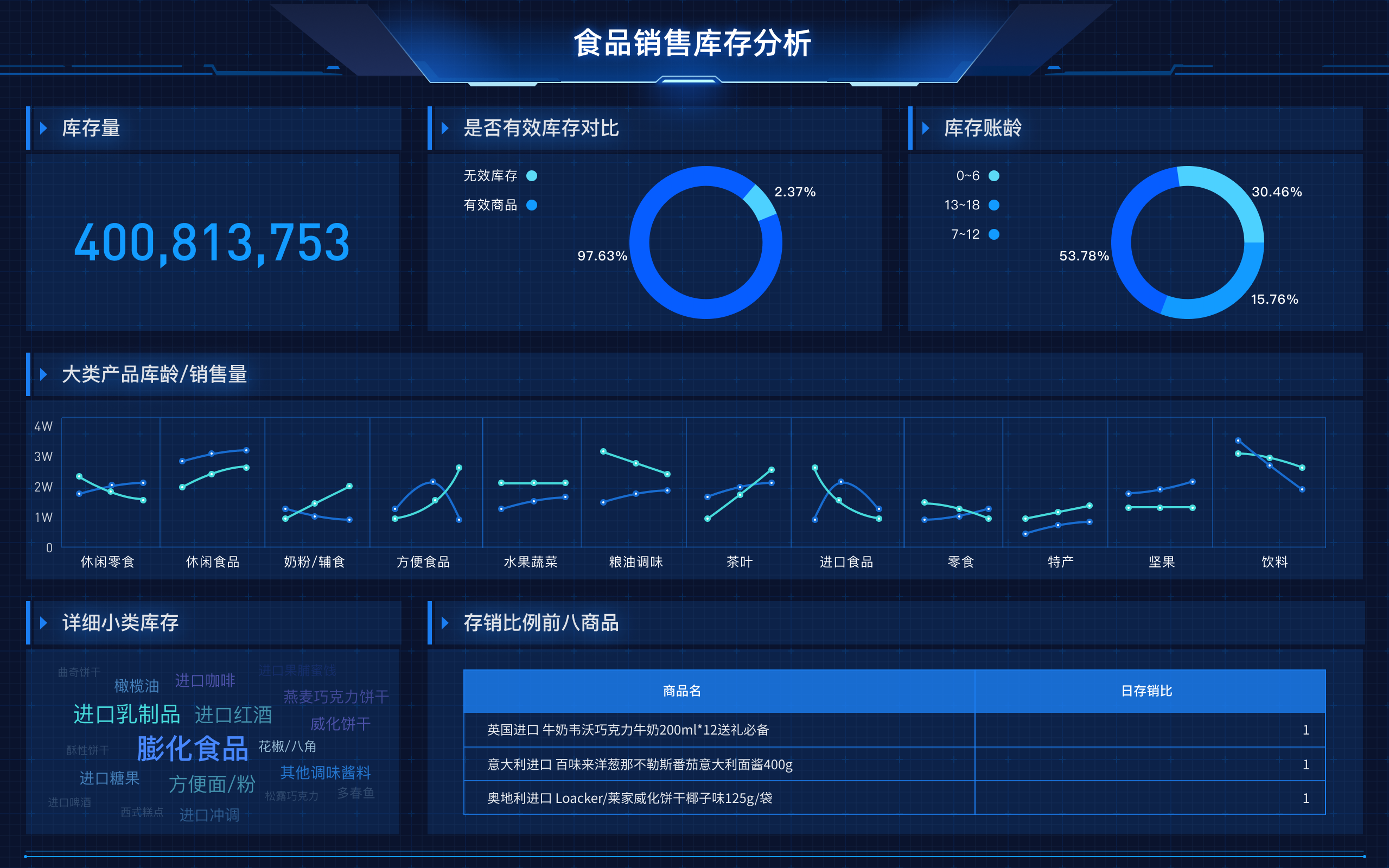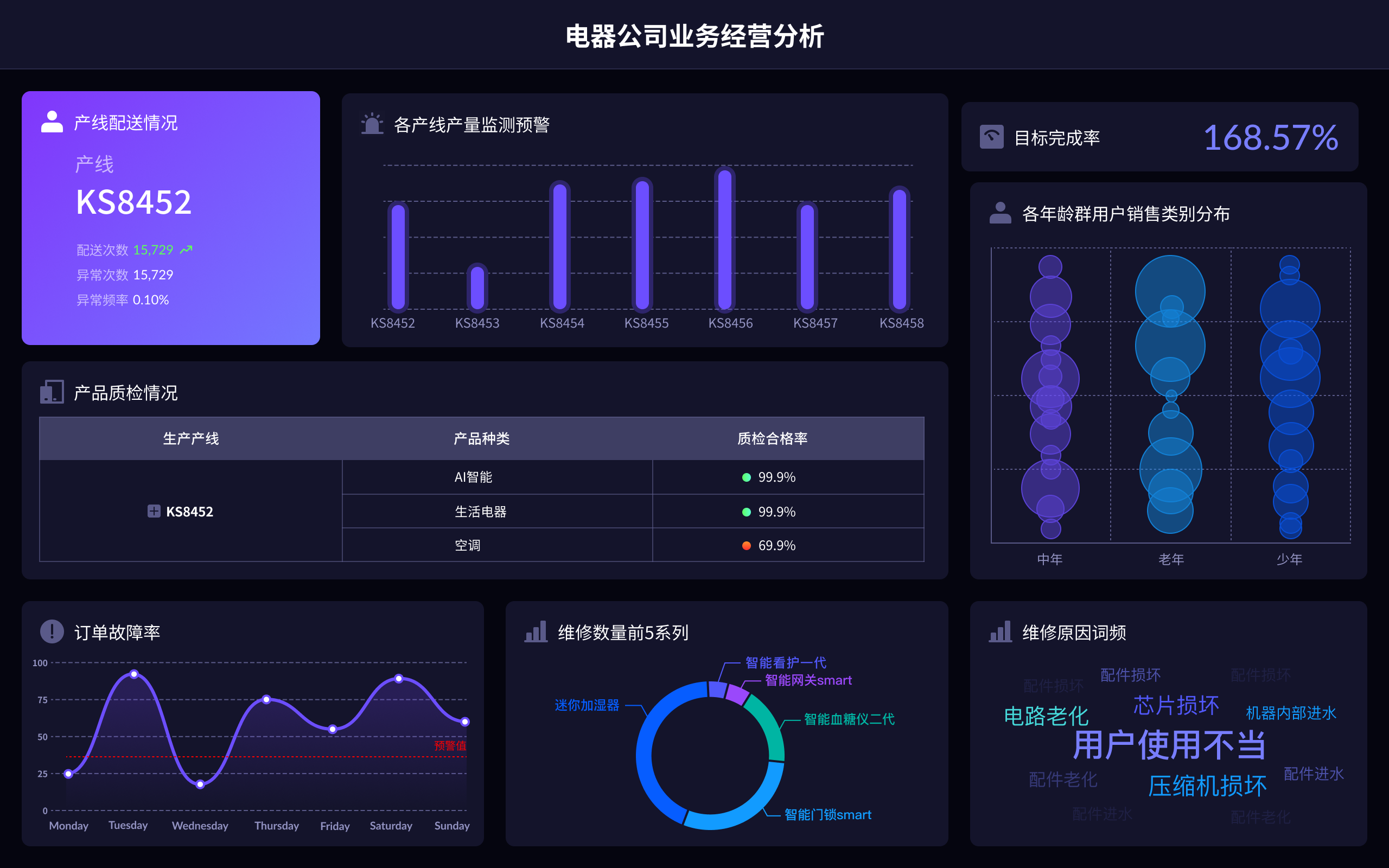
"大数据集成" translates to "Big Data Integration" in English.
Big Data Integration involves combining data from various sources and formats into a unified system to provide a comprehensive view and analysis of large data sets. This process is crucial for businesses to leverage the vast amounts of data they collect for better decision-making and strategic planning.
相关问答FAQs:
FAQs 关于“大数据集成”
1. What is the English term for 大数据集成?
The English term for 大数据集成 is "Big Data Integration." This concept refers to the process of combining and synthesizing data from various sources into a cohesive, unified view. The goal of big data integration is to enhance the quality and accessibility of data for analysis and decision-making. This integration involves various techniques and technologies to merge disparate datasets, including data warehousing, data lakes, and real-time data processing systems. By effectively integrating big data, organizations can gain deeper insights, improve operational efficiency, and drive innovation.
2. Why is Big Data Integration important for businesses?
Big Data Integration plays a crucial role in modern businesses by enabling a comprehensive analysis of diverse data sources. This integration allows organizations to consolidate data from multiple platforms, such as customer interactions, transactional records, social media, and IoT devices, into a single, coherent system. The importance of this integration lies in its ability to provide a holistic view of business operations and customer behavior. With integrated data, businesses can perform advanced analytics, identify trends, and make data-driven decisions that enhance competitiveness and operational efficiency. Additionally, big data integration helps in achieving better data quality and consistency, which are essential for accurate reporting and forecasting.
3. What are the main challenges associated with Big Data Integration?
Several challenges are associated with Big Data Integration, including data heterogeneity, scalability, and data quality issues. Data heterogeneity arises from the diversity of data formats, sources, and structures, which complicates the integration process. Scalability is another concern, as handling and processing large volumes of data require robust infrastructure and efficient algorithms. Data quality issues, such as inconsistencies, inaccuracies, and missing values, can impact the reliability of the integrated data. To address these challenges, organizations often use advanced technologies like ETL (Extract, Transform, Load) tools, data integration platforms, and machine learning algorithms to streamline the integration process and ensure high-quality, actionable insights.
本文内容通过AI工具匹配关键字智能整合而成,仅供参考,帆软不对内容的真实、准确或完整作任何形式的承诺。具体产品功能请以帆软官方帮助文档为准,或联系您的对接销售进行咨询。如有其他问题,您可以通过联系blog@fanruan.com进行反馈,帆软收到您的反馈后将及时答复和处理。


